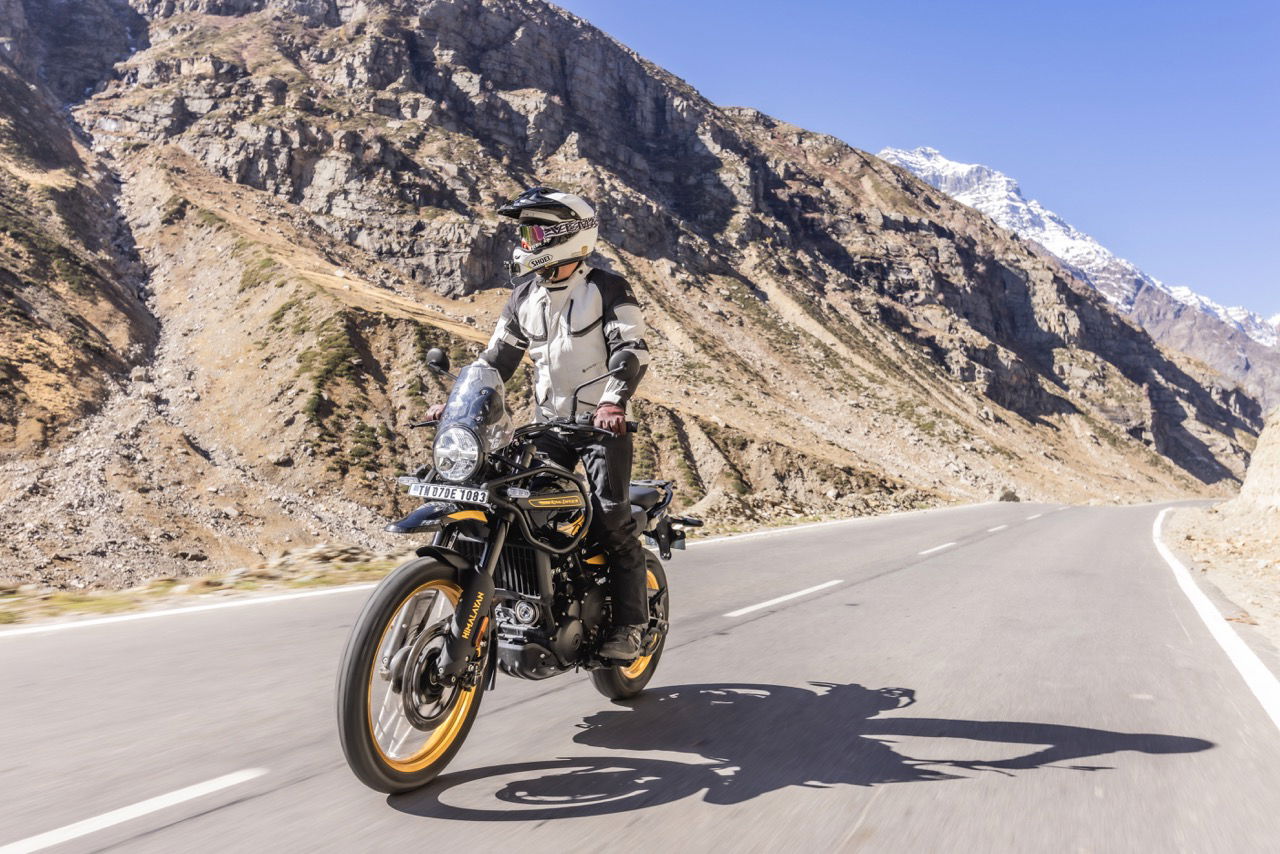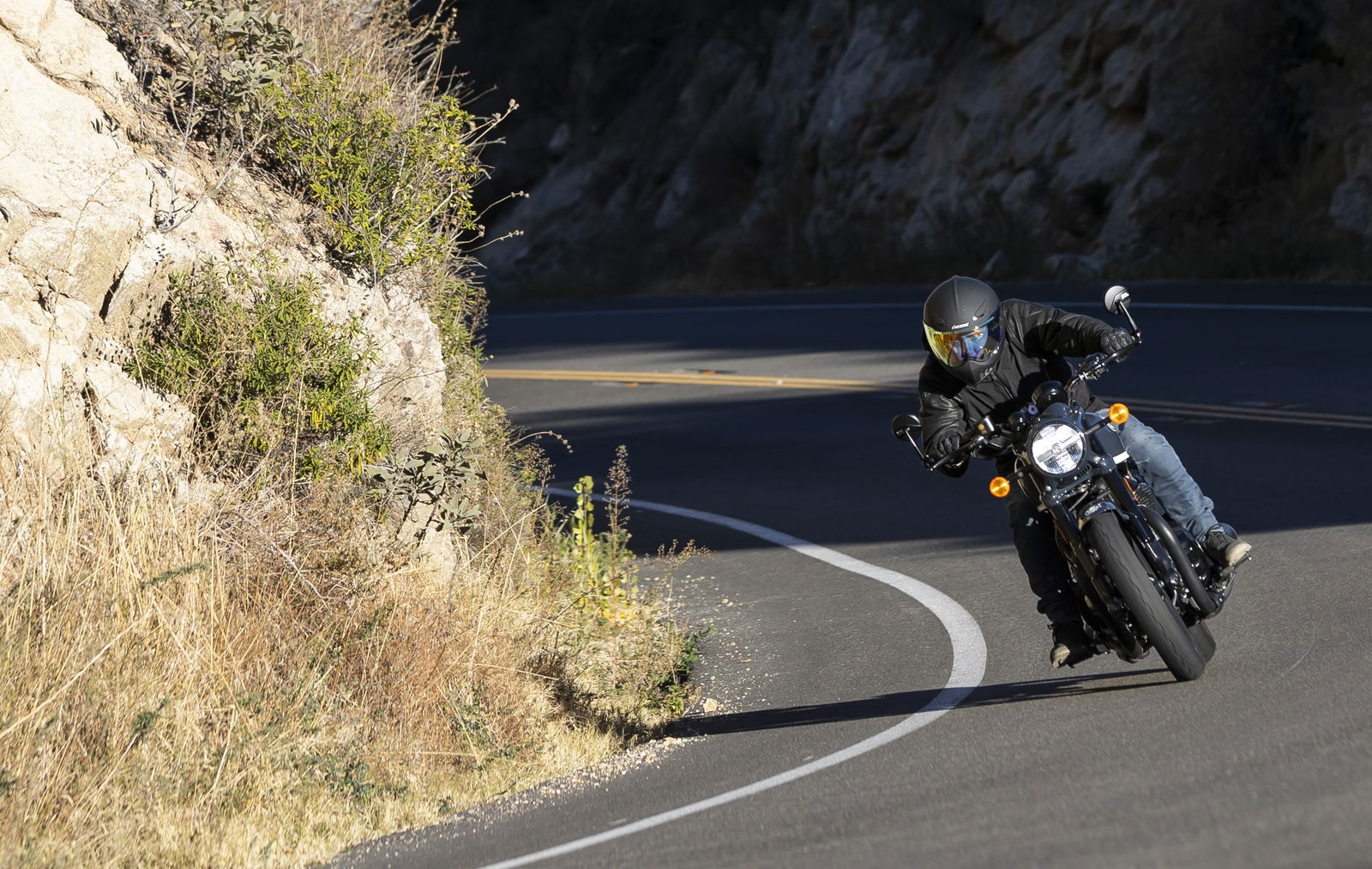Suzuki Katana review: great, if you’re not going far
Suzuki’s GSX-S1000-derived Katana was sharpened up not so long ago - here’s what it’s like to ride

Nostalgia is a big deal in the bike world. Just take a look at the Triumph range, a good chunk of which features throwback retro styling, while over at Kawasaki there’s the Z900 RS, which is effectively a reborn Z1 made with modern bits and pieces. Then we have to think about Moto Guzzi, which still insists on mounting its V-twins in an atypical longitudinal fashion, simply because it’s been known for doing so since the 1960s.
Suzuki wasn’t really known for nostalgic creations until a few years ago when it resurrected the Katana, an icon of the 1980s that turned around the company’s fortunes. Well, we’re talking about when it brought the bike back to life ‘properly’ - we’re not counting when North American versions of the GSX-600F which, for some reason, had the Katana designation lazily slapped on the end.
In 2019 the Katana made a real comeback, except, it’s far from an all-new bike. It borrows heavily from the GSX-S1000, and with its more upright riding position, it’s not really a sports tourer like the original bike.

The bike hasn’t quite remained the same since then, with various updates arriving for the 2022 model year. It’s the refreshed bike we’re trying here via extensive riding on the road in a variety of conditions.
Price, availability and colours
The Suzuki Katana is available to purchase now for £12,499, representing a premium of £800 over the GSX-S1000F. The colour palette (if you can describe it thusly) changed for 2021, with two hues to pick from - Metallic Matt Stellar Blue, or Solid iron Grey (as tested).
There are no optional extras to select on the configurator, but there are numerous dealer-fitted accessories including heated grips for £242.99, £418.38 frame sliders and a £198.30 fly screen
What’s new on the updated Suzuki Katana?
In 2021 the Katana inherited the GSX-S1000’s updates, focused on the 999cc inline-four engine. Thanks to new intake and exhaust camshafts with new valve springs, a redesigned exhaust, a fresh airbox and a ride-by-wire throttle system, the Katana now complies with Euro5 emissions regulations while also having a broader spread of torque.
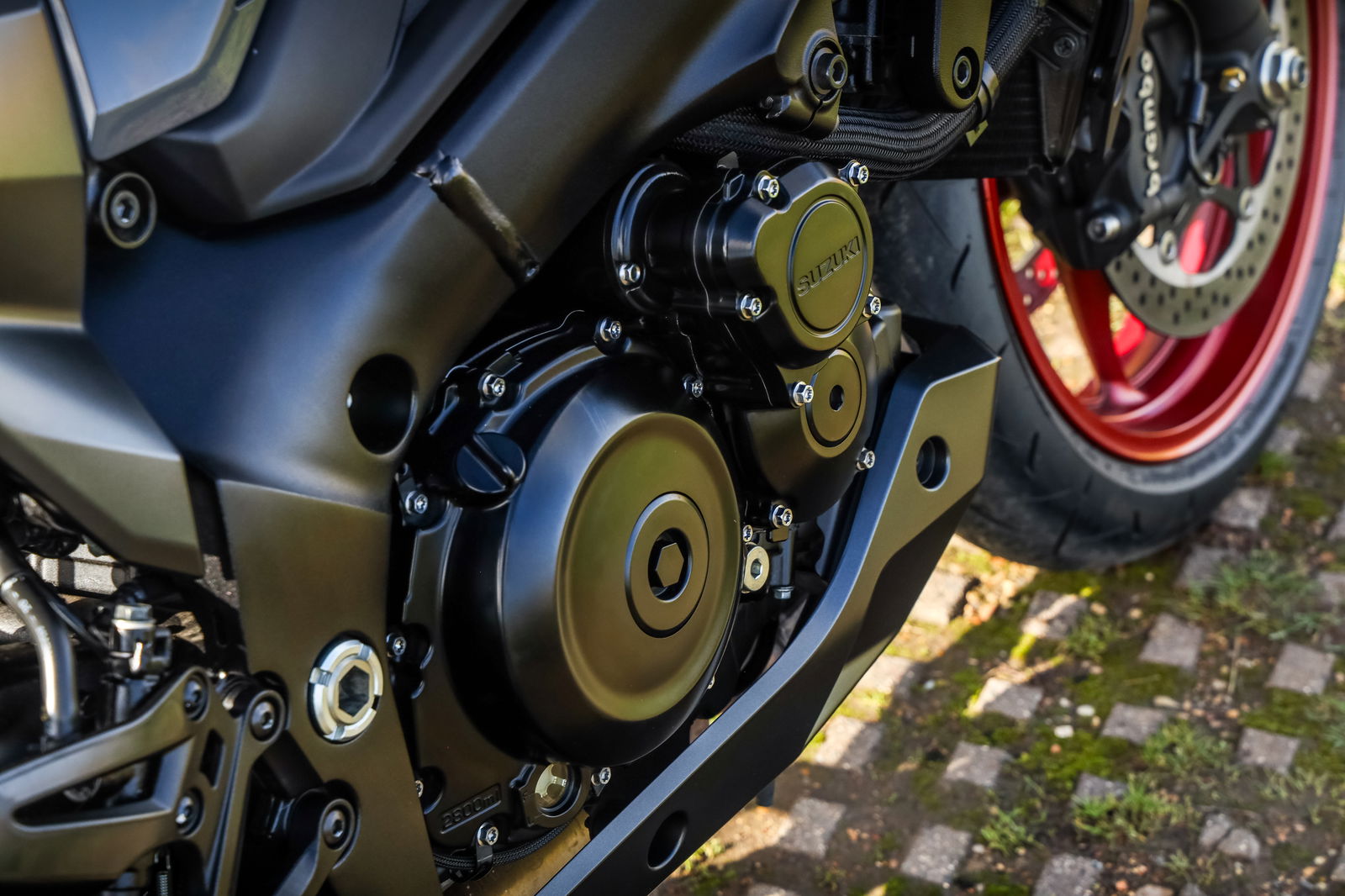
As it’s now ride-by-wire, it’s been possible to add three different engine maps to be controlled via a Suzuki Drive Mode Selector (SDMS) - A being the sharpest, C being the softest (for slippery conditions), and B sitting somewhere in between the two. You also now get an up-and-down quickshifter as standard.
Engine, frame, chassis and technology
We could quite easily copy and paste this whole section from our GSX-S1000 review. The Katana is based around the same venerable twin-spar aluminium frame and separate subframe combination, into which is an identical engine - that updated 999cc inline-four - is positioned. While recently refreshed, the bones of it are pretty old - it can be traced back to the near-20-year-old K5-generation GSX-R1000.
Thanks to those aforementioned updates, it’s good for 150bhp at 11,000rpm, a massive increase of…2bhp. In any case, it’s not like this K5 engine was ever wanting for power. 80lb ft of torque meanwhile is felt from 9,500rpm.
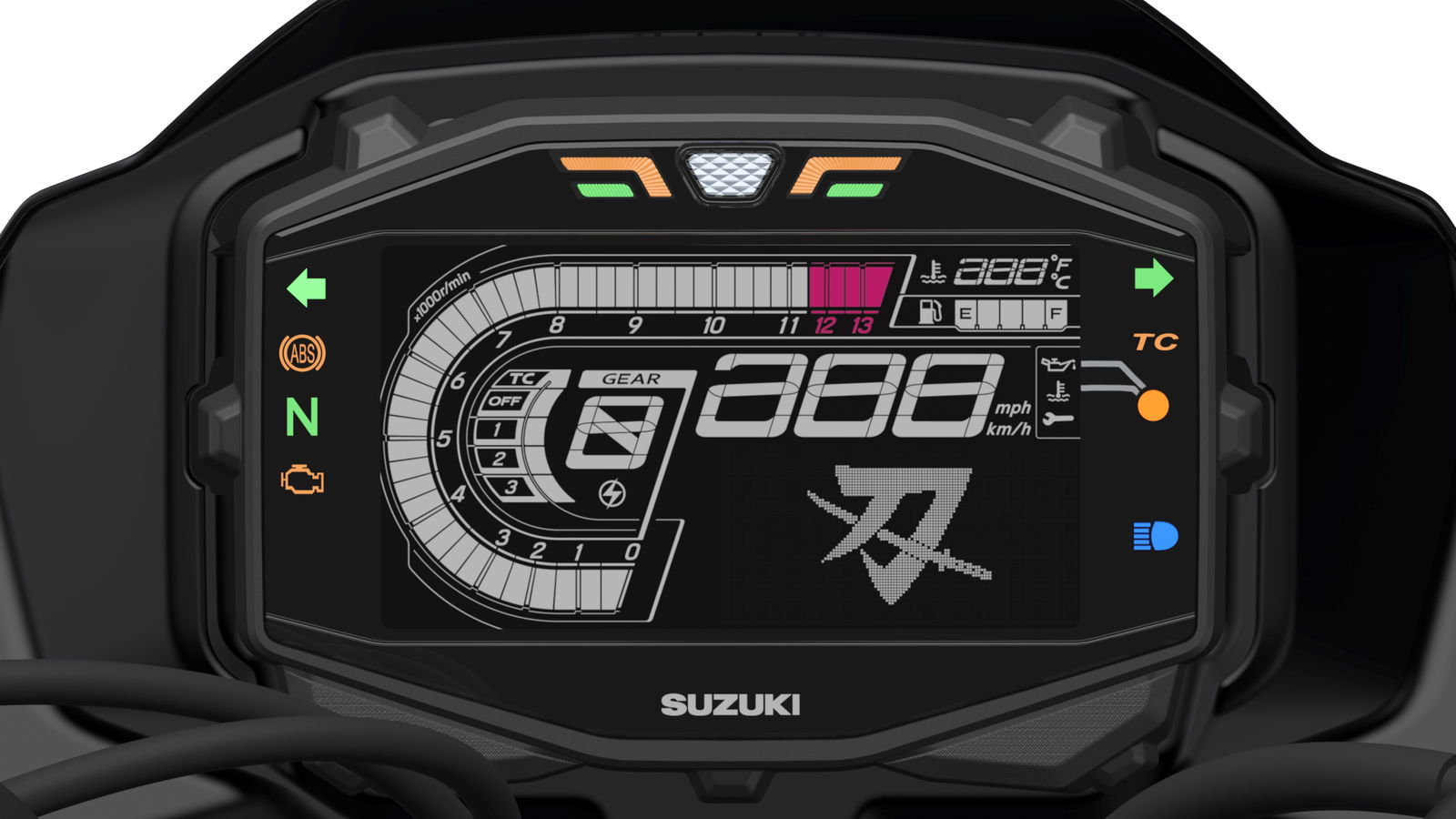
The chassis hardware no different from the GSX-S1000’s either, with a 43mm KYB fully adjustable fork providing 120mm of travel, and a link-type monoshock giving 63mm of squish at the back. The suspension tune has been tweaked to be a little softer, though. Braking meanwhile is provided by 310mm twin front discs squeezed by four-piston calipers and a 240mm disc at the rear.
Along with the new riding modes and quickshifter we've already talked about, there's also Low RPM Assist, which allows you to set off just using the clutch lever, plus five levels of traction control and a slip and assist clutch. As before, there’s still an LCD display, but this time it has a red ‘Night Mode’.
What it’s like to ride
Given how mechanically similar the Katana is to the GSX-S1000, perhaps the most important assessment of the former bike is what you think of it before swinging a leg over. That distinctive bikini fairing does a great job of echoing that of the original Katana, but updated for a modern context. In terms of proportions, though, it’s quite a different bike.
Partly thanks to a fairly short and very tidy tail (the number plate and rear lights are attached to a swingarm-mounted mudguard), and a low nose, the Katana gives off a short and stocky kind of vibe. The Katana logo on the fairing - featuring a sword over the kanji for ‘katana’ - is a nice touch.
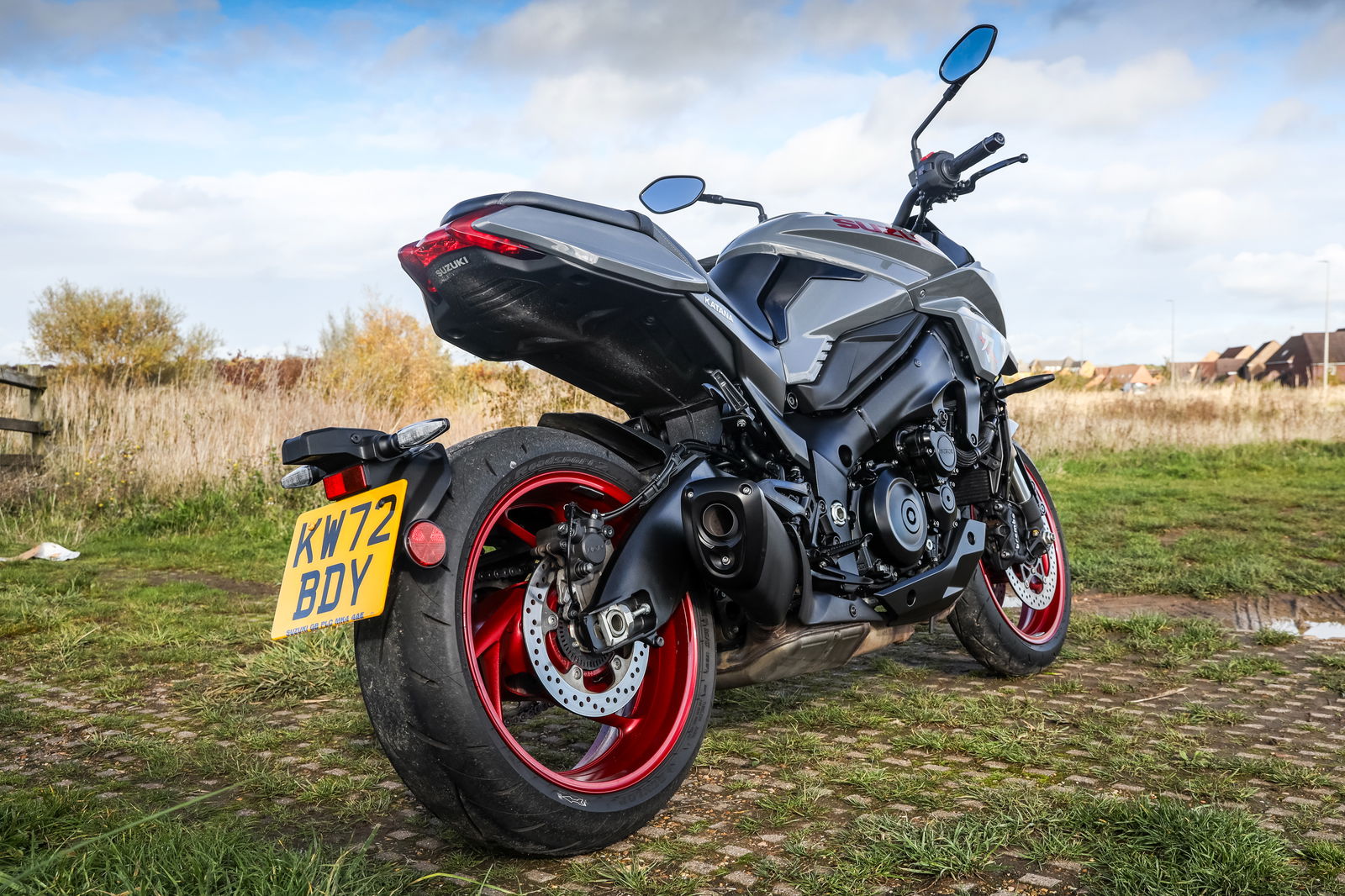
Once you do get on the bike, it’s hard not to be taken aback by the presence of an LCD display, given the prevalence of proper colour TFTs these days. Even Honda’s baby 500s have them now, for Pete’s sake. The display is a reminder of the bike’s dated ingredients, but you do at least get the Katana logo appearing at ignition-on, serving as a good distraction.
On the move, the Katana quickly reveals itself to be firmly damped despite Suzuki’s attempts to soften the bike slightly, but there’s just about enough sophistication in the suspension for the bike to get away with it. Particularly big undulations in the tarmac and square-edged speed bumps can feel harsh through the stroke, but for the most part, the ride/handling balance is well-sorted.
Being a litre bike, the Katana has a bit of weight behind it, but its 217kg (at the kerb) is hidden well. It changes direction keenly, inspires confidence when lent over, and offers a reasonable degree of feedback from its tyres.
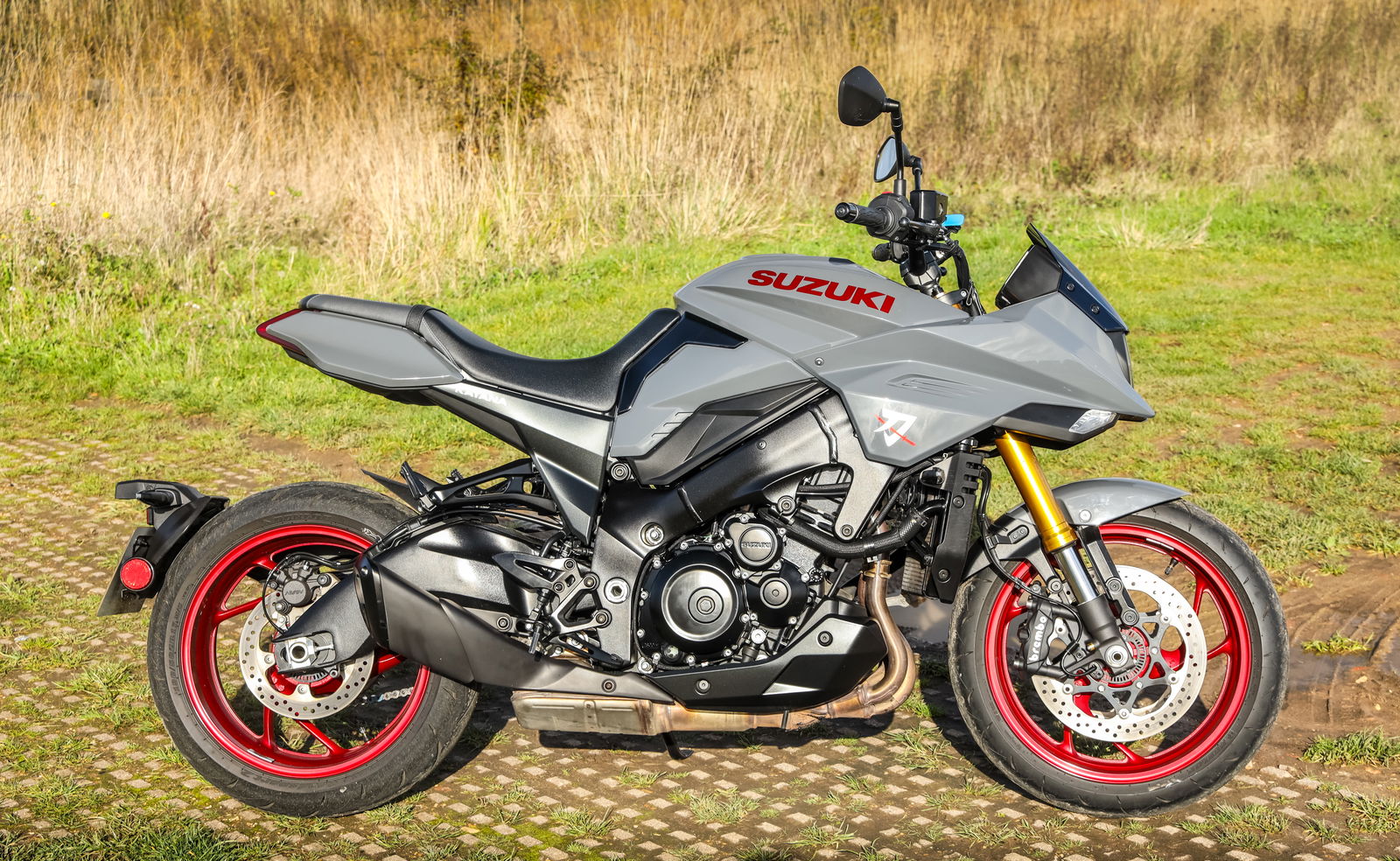
Thankfully, although the peak torque doesn’t arrive until fairly late as per inline-four norms, there’s enough of it in the mid-range that you can make very brisk progress in pretty much any gear. And, of course, where you wind it right out, it does feel chuffing quick. There’s a nice, throaty sound to the midrange, and that lovely four-pot scream at the top end. The gearbox is a joy to use, too, thanks to the slick up-and-down quickshifter.
The K5 is lacking in character when compared to something like the ‘big bang’ crossplane inline-four in the Yamaha MT-10 or the V-twin and V4 powering each version of the Ducati Streetfighter, but an MT-10 is a bit more expensive than the Katana, while the Streetfighter is a lot more expensive whichever engine you pick. In terms of the riding modes on the Katana, B will be sharp enough for most, but A isn’t exactly intimidating in its response, nor is it jerky.
Much of what we’ve said so far can be attributed to the GSX-S1000, but there are some differences in the riding experience. The ergonomics aren’t quite the same, with the Katana featuring a higher, wider handlebar and a seat height of 825mm, an increase of 15mm, making for a roomier bike.

The other big difference is the fuel tank. While the GSX-S1000 has 19 litres of fuel capacity to make longer distance journeys a cinch, the Katana gets a paltry 12 litres to play with, forced by the bike’s styling. It is possible to extract 100 miles from a tank, but only just.
Should you buy a Suzuki Katana?
You have to be really on board with the Katana’s styling to choose one of these over a GSX-S1000. You are, after all, paying an extra £800 only to have a bike that can’t travel much more than half of the S1000’s range, and although it’s not like it has ‘tourer’ written all over it, frequent trips to the pumps could get annoying.
Even with the premium, though, the Katana does look like decent value, if you do dig the looks. Yes, there are more modern and characterful rivals out there, but they’re all a lot more expensive.
